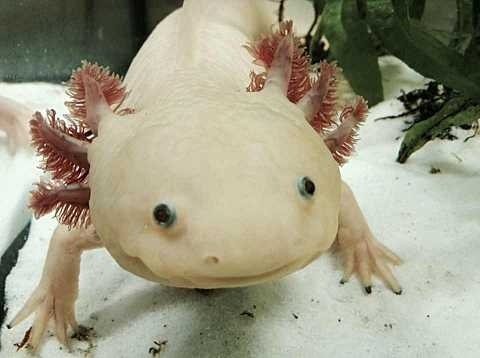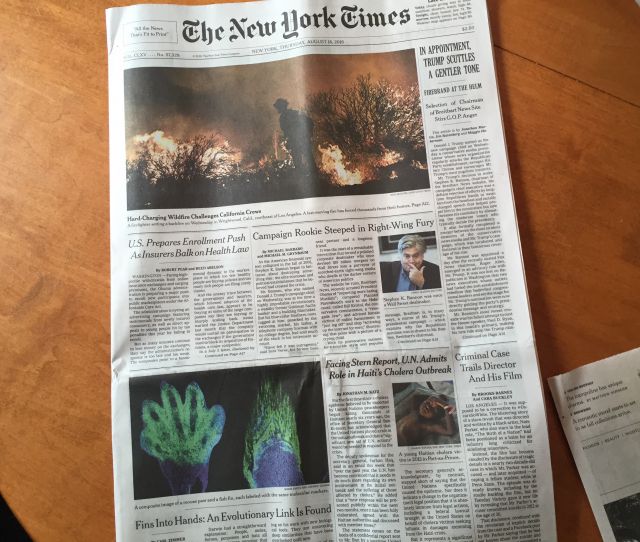You’ve probably heard about Lucy. She’s a 3.2-million-year-old relative of ours, a bipedal ape who only stood three feet tall. She’s famous for the discovery of her partial skeleton in 1974, a discovery that enabled scientists to learn a lot about her life, and about her species, Australopithecus afarensis. Now a team of scientists has put forward evidence about how she died: by a long fall from a tree. If they’re right, her death might actually tell us a lot about her life, too–and about how we evolved to walk upright. But hold on–as I wrote in the New York Times on Monday–a number of other experts don’t think the scientists have made a compelling case. Regardless of how she died, however, this research has led to something pretty exciting: you can download the 3-D scans of some of Lucy’s bones and print out replicas.
Author: Matt Kristoffersen

Hard believe it, but here’s the last Friday’s Elk of summer vacation…
I recently paid a visit to the lab of Jessica Whited, an assistant professor in the orthopedic surgery department at Brigham and Women’s Hospital in Boston. Whited doesn’t study people. Instead, she studies a spooky salamander called the axolotl. What makes the axolotl amazing is that it can regrow and entire leg in a matter of days. Whited is studying its powers of regeneration in the hopes of finding lessons that doctors can apply to people, coaxing our own bodies to fix themselves. I profile Whited in my latest “Science Happens!” video for Stat. Continue reading “Friday’s Elk, August 26, 2016”

Front page news this week!
Twenty years ago, scientists were starting to study evolution in a new way: by picking apart the genes that govern the development of animals. Reporting on their work for Discover at the time, I was incredibly excited to watch the research unfold. Scientists could generate hypotheses about genetic changes that occurred millions of years ago, giving rise to new structures like limbs and wings. This new field of “evo-devo,” as it was sometimes called, helped inspire me to write my first book, At the Water’s Edge. Continue reading “Friday’s Elk, August 19, 2016”

Greetings after a week of vacation!
Bet you never saw those words in that particular combination. Here’s the story:
Recently two scientists put together a new hypothesis about the evolution of the female orgasm. They argue that female mammals had orgasms, or at least precursors of them, 150 million years ago. And it started out with a function that was lost in our ancestors long ago. Continue reading “Friday’s Elk, August 12, 2016”

It’s a little disturbing to realized that this is my last newsletter of July. Time is moving too fast. But at least I have accumulated a few things to offer you from the past week…
I’m forever grateful that the good folks at Stat let me go a bit crazy in writing about my genome. Now at last the whole three-part beast is online, complete with my Neanderthal genes and inner viruses. If you haven’t read it yet, now you can just binge through it like a night of “Breaking Bad.” Continue reading “Friday’s Elk, July 29, 2016”